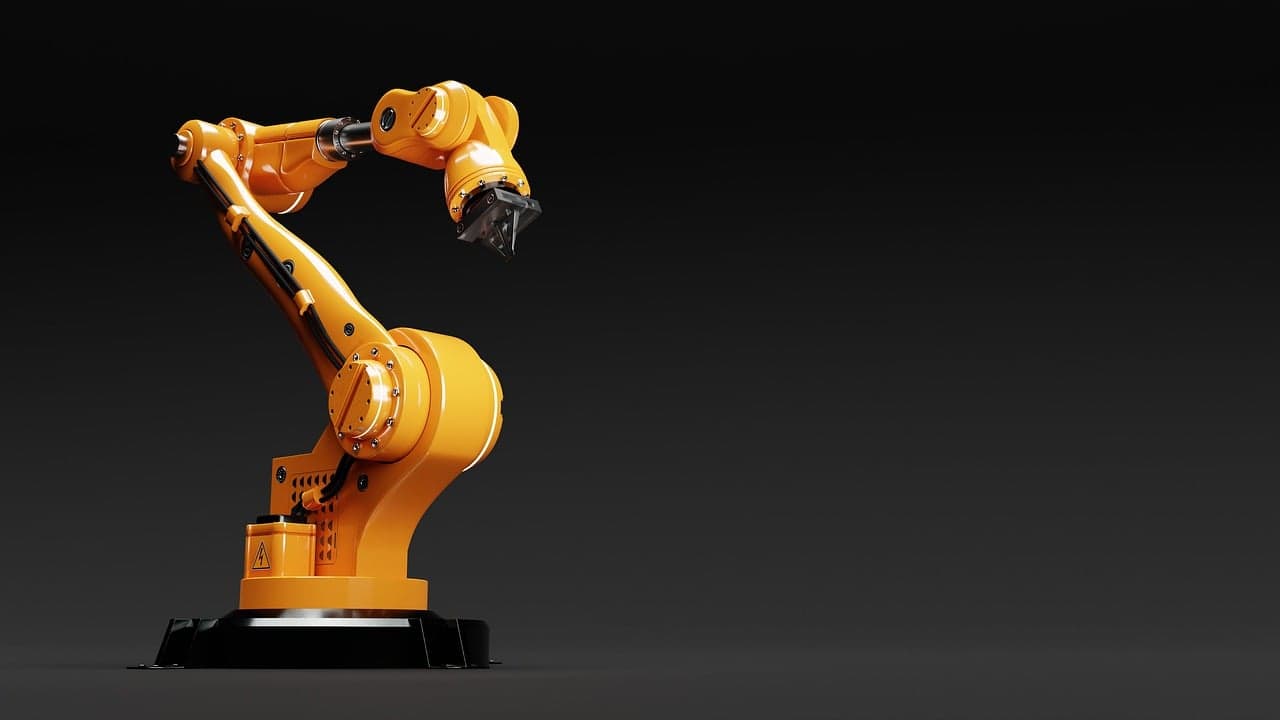
What is the paper about?
The paper compares two different concepts of how vehicles can reliably stay in lane. This is particularly important for autonomous driving. The lane keeping of a vehicle is compared using simulations and model vehicles. The first method is a simple implementation using a PID (proportional-integral-derivative) controller. This controller helps a system to reach a desired value quickly and smoothly without oversteering or understeering. The second approach is based on image processing in combination with the Stanley steering controller, which was developed to control a two-axle vehicle in which only course and lateral deviation from the path to be followed are considered.
What was discovered specifically?
The results show that the complex approach with image processing and steering control significantly improves lane keeping compared to the other, simple implementation.
At low speeds, both methods show similar behavior. At 1.75 m/s, the simple control using a PID controller can keep the vehicle safely on track. If the speed of the model car exceeds 2.0 m/s, the PID controller causes the vehicle to crash into the road wall. Even before this speed is reached, it is necessary to monitor the process and make manual emergency braking maneuvers to avoid collisions. In contrast, the complex image processing with Stanley controller requires no monitoring until the speed of the vehicle reaches 2.3 m/s. At higher speeds, the vehicle lurches. At higher speeds, however, the vehicle lurches on course and never maintains the perfect lane.
What are the implications for us?
With the Stanley control system presented, including image processing, the model cars were able to reliably stay on track at speeds of 2.3m/s (equivalent to approx. 8.3 km/h). This is a prerequisite for modeling various traffic scenarios with the model platform. The more complex approach therefore serves as the basis for later tests of, for example, overtaking or merging scenarios with the model cars used.
Where can we find out more about this?
James Asghar, Paul Auerbach, Maximilian Matthé, Carsten Knoll, A Control Pipeline for Robust Lane Keeping in Model Cars, International Conference on Control, Mechatronics and Automation, 2023
– – – – – –
Further links
👉 www.barkhauseninstitut.org
👉 Full paper
Photo: Barkhausen Institute




